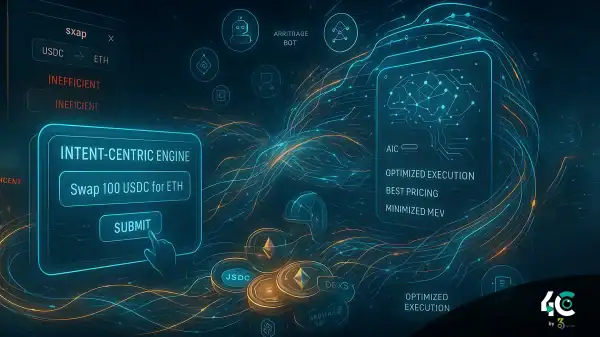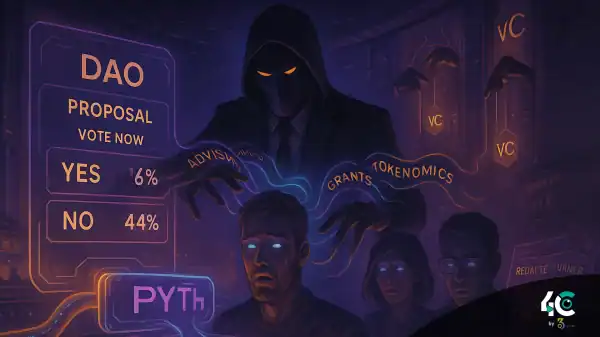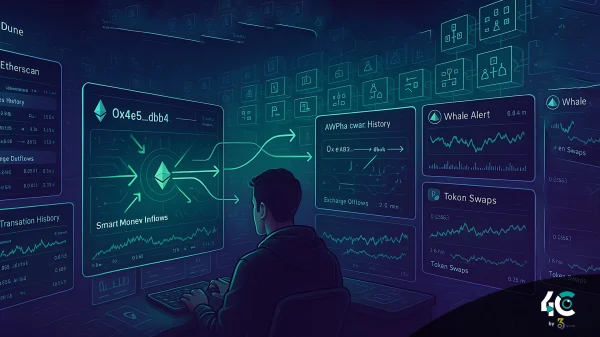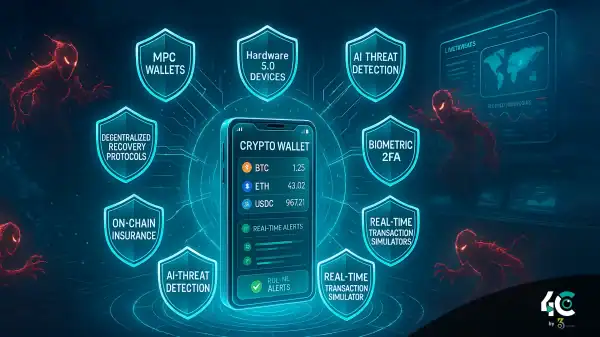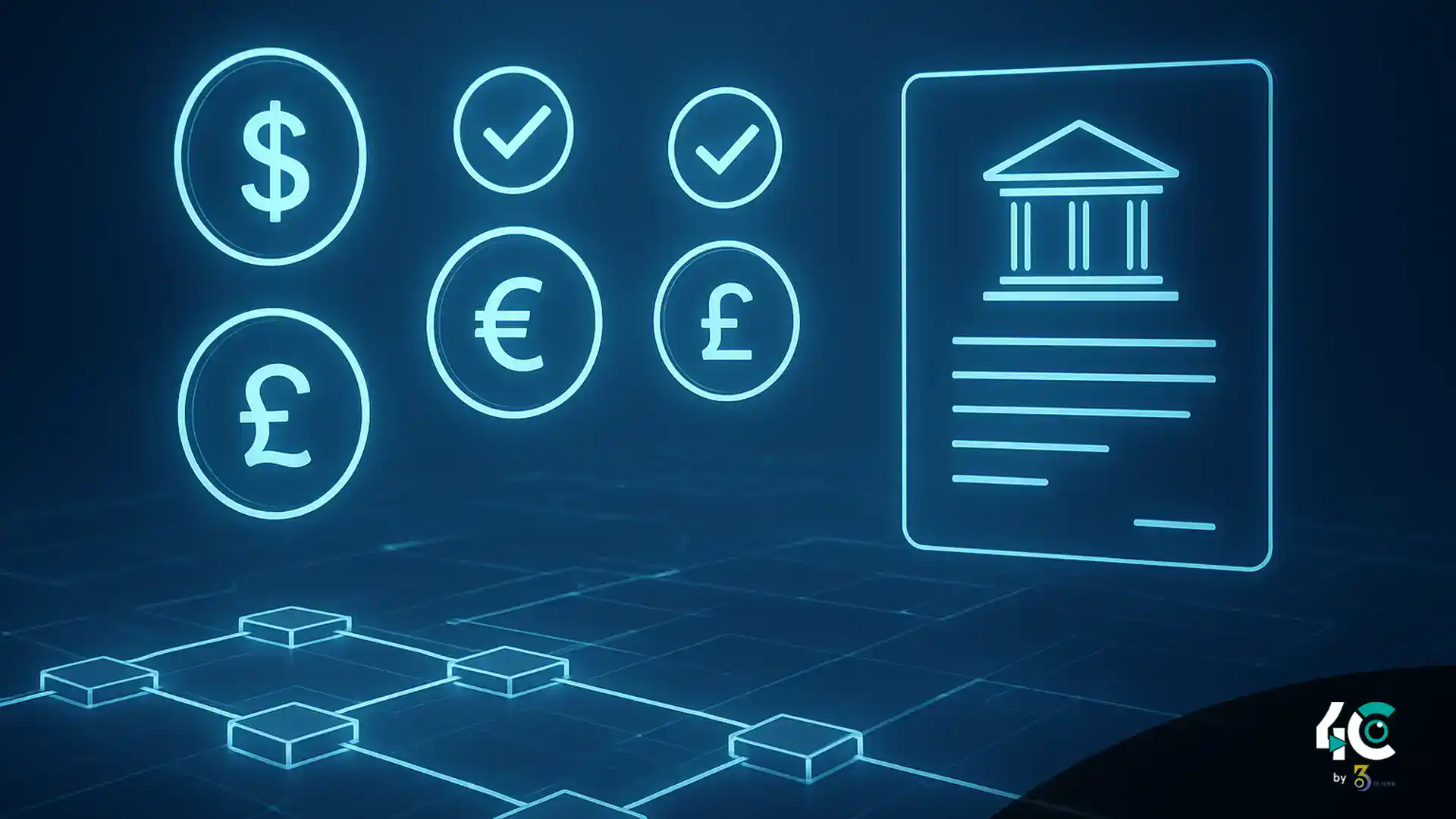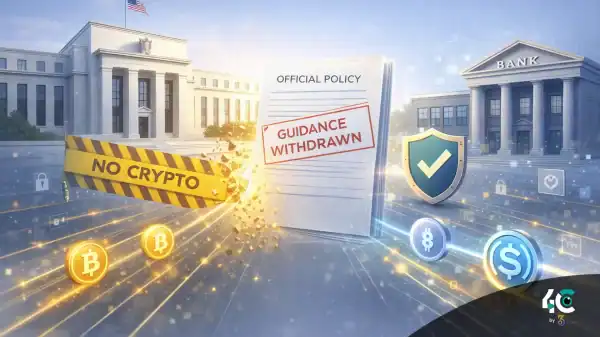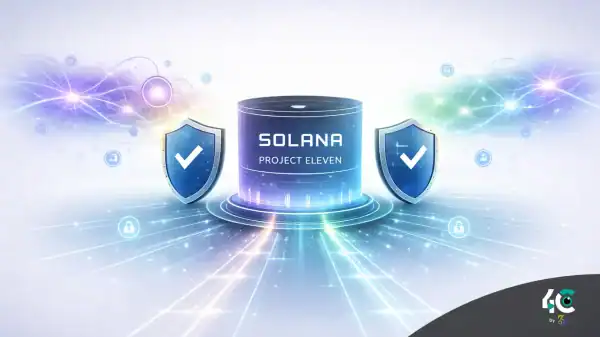Circle Pushes for Equal Rules Across Stablecoin Market Under GENIUS Act
Stablecoin issuer Circle has voiced strong support for a balanced regulatory framework as the US Treasury Department moves forward with implementing the GENIUS Act, signed into law in July 2025. The law establishes a legal framework for payment stablecoins in the United States.
In comments submitted Tuesday as part of the Treasury’s advance notice of proposed rulemaking (ANPRM), Circle joined other cryptocurrency companies in outlining how the government should enforce the law.
While reiterating core principles, such as ensuring stablecoins are fully backed with cash and high-quality liquid assets, Circle stressed the need for clear enforcement rules and consequences for noncompliance.
Level Playing Field for Banks and Nonbanks
“Bank, nonbank, domestic, and foreign issuers should follow the same rules to protect consumers from bearing the risks of regulatory shortcuts,” Circle stated in a Thursday notice.
The company called for shared supervision with trusted foreign regimes to promote competition while preventing offshore regulatory arbitrage, ensuring that no actor gains an unfair advantage.
Also Read : Western Union’s Bold Leap: Solana Blockchain to Power New Stablecoin Settlement System
Industry-Wide Feedback on GENIUS Implementation
Circle’s recommendations came during the second round of public comments on the GENIUS Act. While the law was signed by President Donald Trump in July 2025, it will take effect either 18 months after enactment or 120 days after regulators issue implementing rules, likely placing enforcement in late 2026 or early 2027.
Other crypto firms, including Coinbase, also weighed in, urging the Treasury to restrict stablecoin interest payment bans to issuers only, leaving non-issuer entities such as exchanges free to offer yields. This follows continued pressure from banking groups seeking a broader prohibition on interest-bearing stablecoins.
Congressional Delay on Digital Asset Market Structure
Although the GENIUS Act is now law, broader digital asset market structure legislation has seen minimal progress in the US Senate, stalled by a month-long congressional recess and the ongoing government shutdown, now in its 37th day. Bipartisan discussions are reportedly ongoing, but neither the Agriculture Committee nor the Banking Committee has released updates. Republican leaders previously projected the bill could be signed into law by 2026, pending Senate action.









